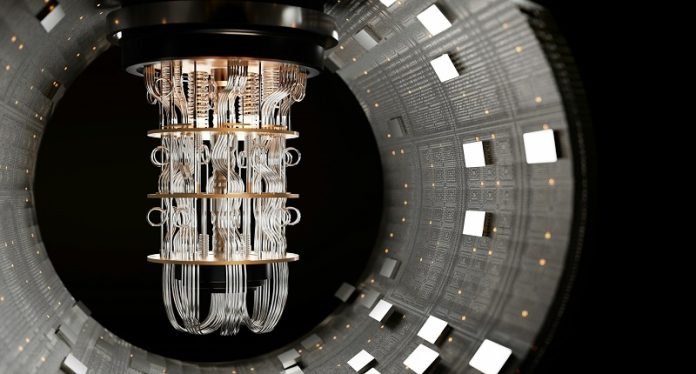
To combat climate change, the U.S. energy sector needs a major overhaul, and nuclear energy could play a crucial role in this transformation.
Nuclear energy already provides one-fifth of the nation’s electricity, and new designs promise even more potential.
As a key contributor to a low-carbon energy system, nuclear energy is essential for achieving U.S. climate goals.
At the U.S. Department of Energy’s (DOE) Argonne National Laboratory, scientists and engineers, both experienced and new, are focusing on five main areas: advanced reactor design and safety, nuclear materials management and nonproliferation, reactor and fuel cycle physics, nuclear engineering modeling and simulation, and sensors and diagnostics.
In the early days of nuclear research, safety measures were minimal. When scientists first achieved a self-sustained nuclear chain reaction in Chicago in December 1942, they had no radiation shielding and wore ordinary wool clothes.
Today, safety is a top priority.
Tingzhou Fei, a principal nuclear engineer at Argonne, works on optimizing and reducing the shielding needed for advanced reactors. Shielding can account for ten times the mass of the reactor’s core, making reactors bulky.
By optimizing shielding, reactors can become smaller and more economical, benefiting remote areas, the military, universities, and even roadside reactors for electric trucking fleets.
Fei finds his work on shielding optimization satisfying because it’s a complex issue closer to real-world applications. He collaborates with materials scientists, mechanical engineers, and other experts to ensure that every part of the reactor system is safe and functional.
“I can’t solve it all at once, but I can solve a little bit. Every small bit I do will contribute to the overall goal,” Fei says.
Ensuring the safety of nuclear reactors also involves managing and securing nuclear materials. Researchers at Argonne focus on the responsible use of nuclear materials and facilities, both domestically and internationally. They track materials throughout the entire nuclear process to ensure everything is accounted for.
Claudio Gariazzo, who leads the nonproliferation innovation group at Argonne, emphasizes the importance of ensuring that nuclear energy is used peacefully and benefits many rather than a few.
His team works with international partners like the International Atomic Energy Agency (IAEA) to safeguard nuclear materials and secure the use of nuclear facilities and technologies.
The IAEA inspects facilities worldwide to ensure they are not misused and that all civilian-use nuclear material is accounted for.
Strict IAEA reporting requirements drive designers, facility operators, and the international community to collaborate with experts like Gariazzo to integrate nonproliferation efforts and precise materials management into existing operations and new reactor designs.
“When a country chooses to use nuclear energy and builds a fuel fabrication facility, they have an obligation to report their material quantities with high fidelity to the international community,” Gariazzo explains.
He feels proud to work in a community that strives to improve global society by ensuring the benefits of nuclear energy without increasing the risk of nuclear proliferation.
The work of these engineers and scientists at Argonne National Laboratory is crucial for advancing nuclear energy technology. Their fresh perspectives and innovative approaches are paving the way for safer, more efficient, and more secure nuclear reactors.
By addressing key challenges in reactor design, safety, and materials management, they are helping to transform the American nuclear industry and support the nation’s climate goals.



